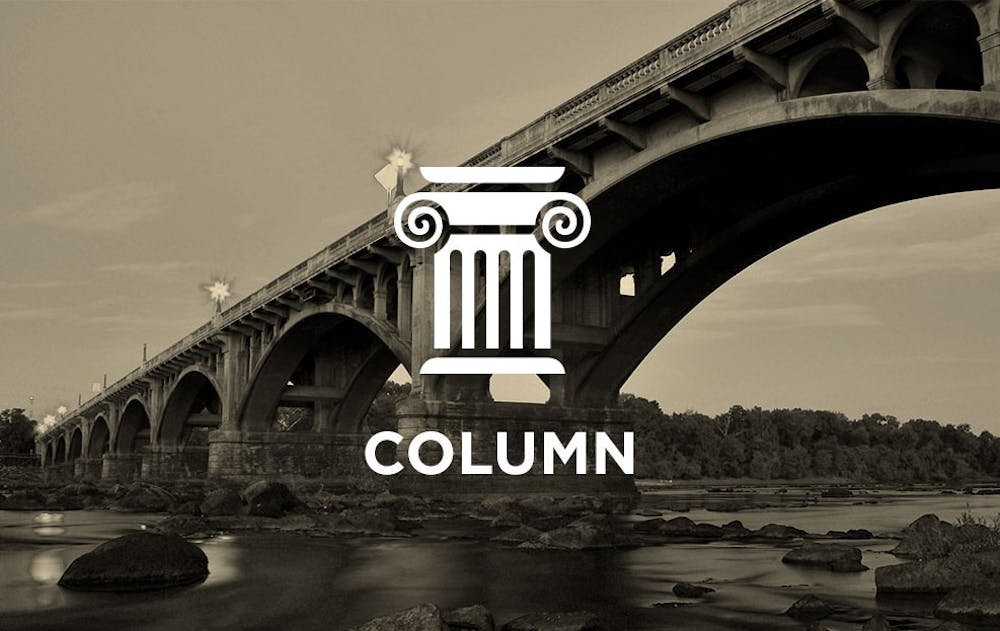After a four-month review of lands protected as national monuments, Secretary of the Interior Ryan Zinke is recommending that we shrink four of them and change the rules regarding six others. This recommendation is amoral and violates the very sanctity of these beautiful protected sites.
Some of the lands currently considered national monuments contain historic archaeology and are sacred to the Native American tribes that once owned the land. All of them are beautiful natural landmarks that shouldn’t be destroyed. The land is important to both those living next to and those who come to see it, and they should be protected as such.
The four monuments the Trump administration is looking to seriously alter are Bears Ears and the Grand Staircase in Utah, The Gold Butte in Nevada, and Cascade Siskiyou in Oregon. The Washington Post notes that the administration would like to allow activities such as "grazing, logging, coal mining and commercial fishing" in the monument areas. It goes on to say that Zinke's report claims that the lands were originally named national monument lands in order “to prevent economic activity.”
Headwaters Economics, a non-profit community and land-management research group did a study on the economic impact of national monuments. In the study, they looked at the population, employment, personal income and per-capita income for communities adjacent to national monuments. They claim that the monuments themselves benefit the economy and create more jobs. Furthermore, in 16 of the 17 national monument locations surveyed, employment increased.
The Trump administration has spoken about how too much land is reserved as national monuments. The United States government owns about 640 million surface acres of United States soil — roughly 28 percent. Of that 28 percent, about 250 million acres are considered to be public land. That is only 39 percent of the government owned land, and only 10 percent of the total American soil.
The justification of the power to do this comes from the Antiquities Act. Passed in 1906, Theodore Roosevelt used it to protect lands like the Grand Canyon. It is generally understood that the land cannot just be ripped of its national monument status, but the president does technically have the power to change the boundaries of the monuments as he sees fit. However, no other president has tried to eliminate national monuments.
Data from the same Headwaters Economics study shows that, all of the 17 communities that are located near national monuments saw local economic expansion after the addition of the monument. It is the notion that no evidence has been shown that the national monument status harmed economic growth.
National monuments were named as such for a reason. They are sacred to some and important to all. Looking at the big picture, just under 13 percent of American soil is protected. The federal government may use what land it owns, but national monuments have a value all their own.

